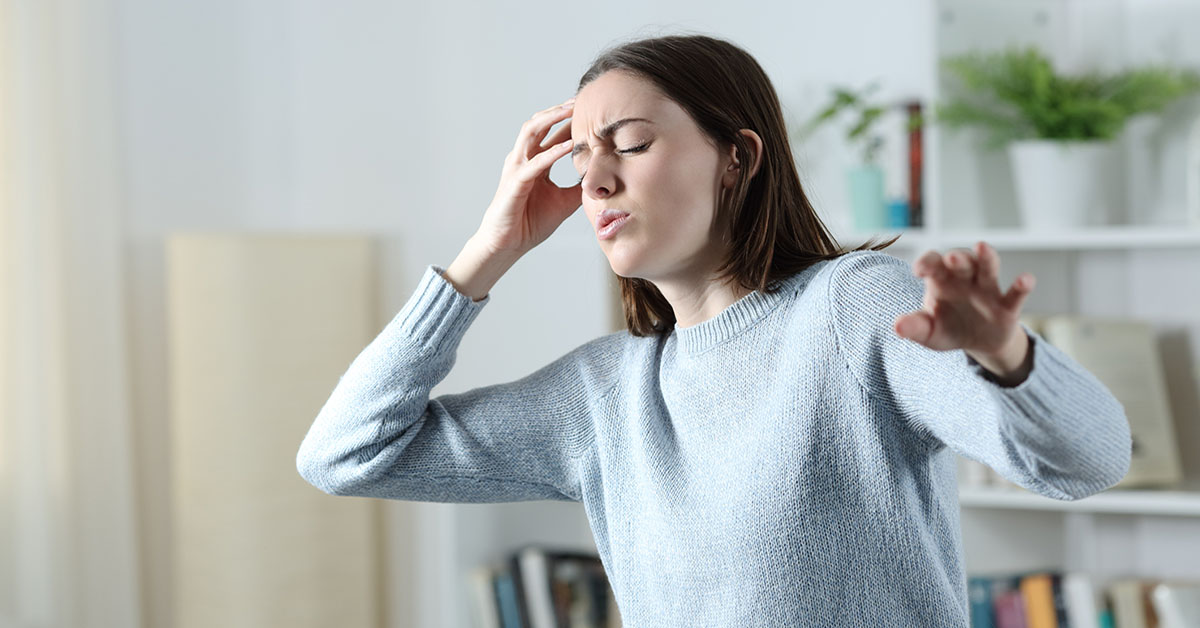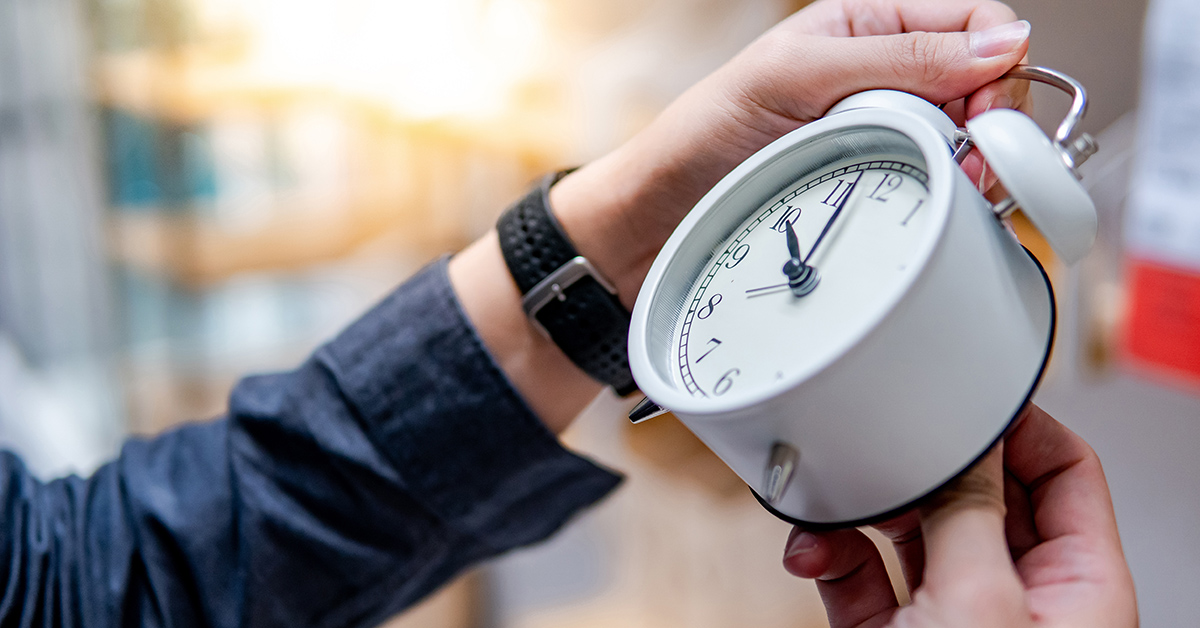When you’re having fun in the sun, the last thing you want to think about is skin damage. Applying sunscreen to protect your skin from ultraviolet (UV) rays is critical because it lowers your chance of skin cancer and signs of aging like wrinkles and spots.
Getting the right level of protection requires the right sunscreen for your skin type, activity and weather conditions. Deciding what’s best to use is easier when you understand how sunscreen works.
How sunscreen works
Sunscreen uses one of two methods to stop UV rays from penetrating the skin to keep skin healthy. Chemical sunscreens absorb the UV rays before they have a chance to cause damage. Mineral sunscreens block the UV rays. The level of protection they offer varies and does not last indefinitely.
What is SPF?
Federal law requires manufacturers to include the sun protection factor (SPF) on each label of sunscreen. This number tells you how much protection the sunscreen provides from UVB rays. UVB rays are the type of UV rays that damage the outermost layer of your skin and cause skin cancer.
The actual SPF number refers to how long it takes UVB rays to break through the sunscreen and damage the skin. Say, for example, you apply a sunscreen with an SPF of 15. You should be able to stay outside 15 times longer without burning than if you wore no sunscreen at all. The higher the number, the longer it should take for your skin to burn in the sun.
Bigger isn’t always better
You may be tempted to grab the sunscreen with the highest level of SPF, but that doesn’t automatically mean you’re getting better protection. SPF calculations come from laboratory research. Scientists there have greater control over the environment than you do when you go outside.
At the same time, no sunscreen provides 100% protection against the sun’s ultraviolet light. Sunscreen with an SPF of 15 blocks 93% of the sun’s UVB rays, while one with an SPF of 50 deters 98% of UVB rays. Reapplying is critical no matter what SPF number you use. You should try to reapply at least every two hours when you’re outside.
You’ll also want to make sure your sunscreen is broad-spectrum. This means is protects against UVB rays and UVA rays, which are UV rays that cause skin aging and wrinkles.
Maximizing the benefits of sunscreen
The best sunscreen in the world loses its effectiveness if you don’t use it properly. Apply sunscreen 15 minutes before going outside and reapply as needed. This includes immediately after swimming or sweating. It’s also important to use enough sunscreen to cover your body, and you should apply it to all exposed skin, including the back of your ears, your neck and the top of your feet.
Other ways to protect your skin
In addition to using sunscreen with an SPF of at least 30, you can do other things to protect your skin. Avoid going outside between 10 a.m. and 4 p.m. when the sun’s rays are the strongest. Wear a hat and cover as much skin as possible with protective clothing. Sit in the shade and even use UVB filters on your windows.
If you’re concerned about your skin cancer risk or want to learn more about taking care of your skin, take a look at the dermatology and skin care services offered at Bon Secours.





